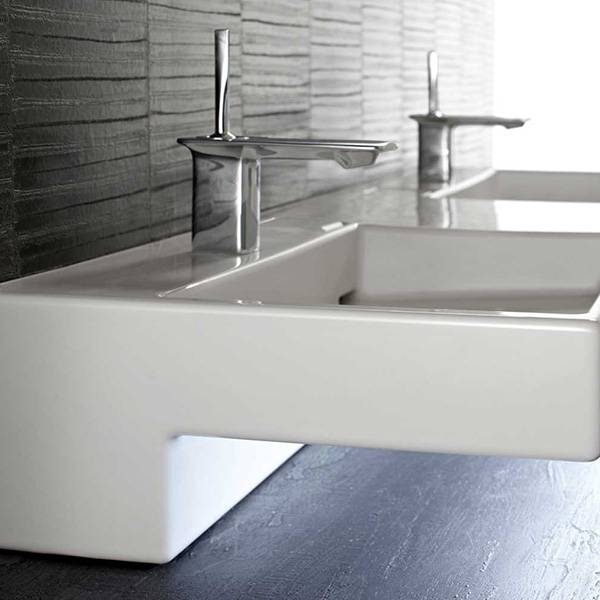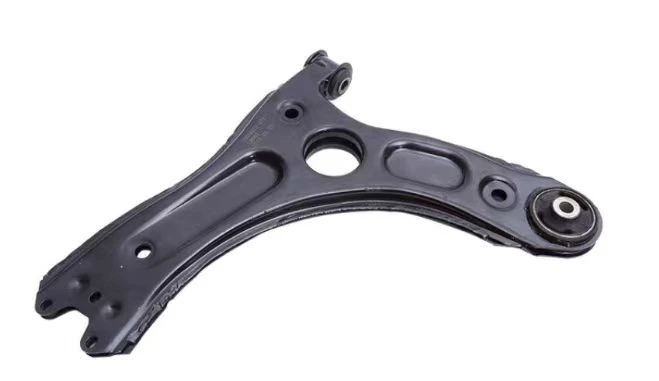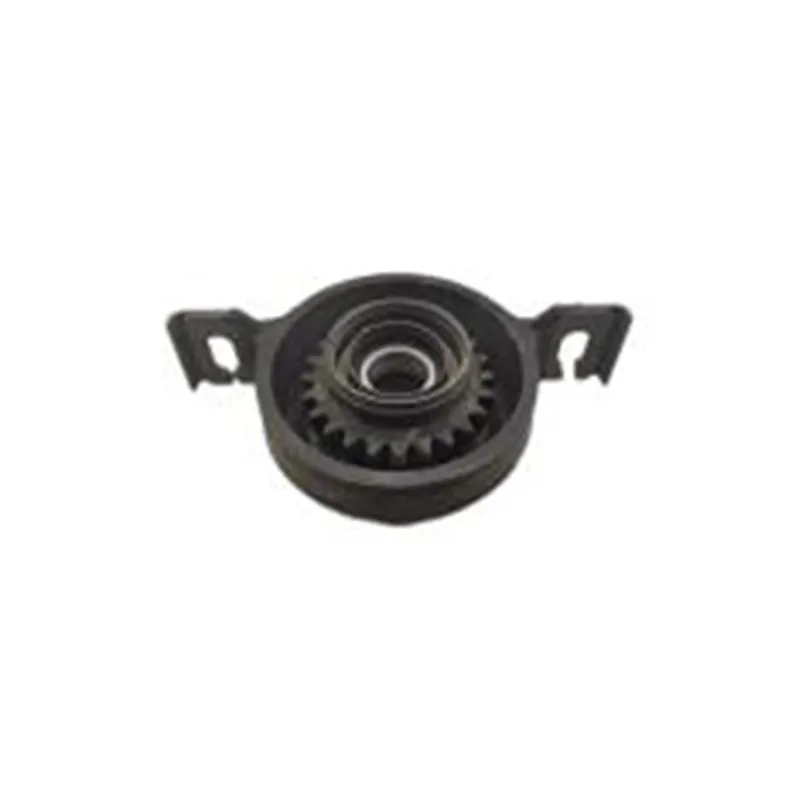
-
 Afrikaans
Afrikaans -
 Albanian
Albanian -
 Amharic
Amharic -
 Arabic
Arabic -
 Armenian
Armenian -
 Azerbaijani
Azerbaijani -
 Basque
Basque -
 Belarusian
Belarusian -
 Bengali
Bengali -
 Bosnian
Bosnian -
 Bulgarian
Bulgarian -
 Catalan
Catalan -
 Cebuano
Cebuano -
 Corsican
Corsican -
 Croatian
Croatian -
 Czech
Czech -
 Danish
Danish -
 Dutch
Dutch -
 English
English -
 Esperanto
Esperanto -
 Estonian
Estonian -
 Finnish
Finnish -
 French
French -
 Frisian
Frisian -
 Galician
Galician -
 Georgian
Georgian -
 German
German -
 Greek
Greek -
 Gujarati
Gujarati -
 Haitian Creole
Haitian Creole -
 hausa
hausa -
 hawaiian
hawaiian -
 Hebrew
Hebrew -
 Hindi
Hindi -
 Miao
Miao -
 Hungarian
Hungarian -
 Icelandic
Icelandic -
 igbo
igbo -
 Indonesian
Indonesian -
 irish
irish -
 Italian
Italian -
 Japanese
Japanese -
 Javanese
Javanese -
 Kannada
Kannada -
 kazakh
kazakh -
 Khmer
Khmer -
 Rwandese
Rwandese -
 Korean
Korean -
 Kurdish
Kurdish -
 Kyrgyz
Kyrgyz -
 Lao
Lao -
 Latin
Latin -
 Latvian
Latvian -
 Lithuanian
Lithuanian -
 Luxembourgish
Luxembourgish -
 Macedonian
Macedonian -
 Malgashi
Malgashi -
 Malay
Malay -
 Malayalam
Malayalam -
 Maltese
Maltese -
 Maori
Maori -
 Marathi
Marathi -
 Mongolian
Mongolian -
 Myanmar
Myanmar -
 Nepali
Nepali -
 Norwegian
Norwegian -
 Norwegian
Norwegian -
 Occitan
Occitan -
 Pashto
Pashto -
 Persian
Persian -
 Polish
Polish -
 Portuguese
Portuguese -
 Punjabi
Punjabi -
 Romanian
Romanian -
 Russian
Russian -
 Samoan
Samoan -
 Scottish Gaelic
Scottish Gaelic -
 Serbian
Serbian -
 Sesotho
Sesotho -
 Shona
Shona -
 Sindhi
Sindhi -
 Sinhala
Sinhala -
 Slovak
Slovak -
 Slovenian
Slovenian -
 Somali
Somali -
 Spanish
Spanish -
 Sundanese
Sundanese -
 Swahili
Swahili -
 Swedish
Swedish -
 Tagalog
Tagalog -
 Tajik
Tajik -
 Tamil
Tamil -
 Tatar
Tatar -
 Telugu
Telugu -
 Thai
Thai -
 Turkish
Turkish -
 Turkmen
Turkmen -
 Ukrainian
Ukrainian -
 Urdu
Urdu -
 Uighur
Uighur -
 Uzbek
Uzbek -
 Vietnamese
Vietnamese -
 Welsh
Welsh -
 Bantu
Bantu -
 Yiddish
Yiddish -
 Yoruba
Yoruba -
 Zulu
Zulu
High-Quality Front Upper Control Arm – Durable & Precise Fit for Enhanced Driving
- Introduction to Front Upper Control Arm: Function and Environmental Impact
- The Technical Evolution and Advantages of Modern Control Arms
- Comparative Analysis: Major Brands and Manufacturer Data
- Customization: Tailoring Upper and Lower Control Arms for Performance Needs
- Real-world Application Cases in Performance, Off-road, and OEM Contexts
- Installation, Maintenance, and Lifespan Insights
- Conclusion: The Future Role of the Front Upper Control Arm in Automotive Innovation

(front upper control arm)
Introduction to Front Upper Control Arm: Function and Environmental Impact
The front upper control arm
is a pivotal component in the suspension system of modern vehicles, connecting the chassis to the steering knuckle and providing stability, agile handling, and enhanced ride comfort. Its interplay with the lower control arm controls the camber angle, ensuring that tires remain in contact with the road surface for optimal safety. As demands for safer, lighter, and greener vehicles intensify, the role of the front upper control arm has grown beyond mere function to impact environmental goals. For instance, replacing traditional steel with advanced alloys can reduce component weight by up to 35%, directly lowering vehicle emissions and improving fuel economy by an average of 1.5%. With over 70% of new passenger vehicles now incorporating improved control arm designs, the drive for excellence is apparent.
The Technical Evolution and Advantages of Modern Control Arms
Over recent decades, control arm technology has undergone a substantial transformation, mirroring advances in materials science and engineering. Traditional stamped steel arms have been replaced in performance and premium vehicles with aluminum, forged alloys, and composite designs that offer superior strength-to-weight ratios. In parallel, bushings and ball joints integrated into front upper control arms and front upper control arms with ball joints have benefited from high-durability elastomers and Teflon linings. Laboratory testing shows that modern arms can sustain up to 300,000 miles under rigorous urban driving without exhibiting critical deformation or increased play. These advancements translate directly into sharper cornering, reduced tire wear, and higher resistance to corrosion—critical factors in regions with heavy road salt usage, where corrosion-related failures once accounted for 18% of premature suspension repairs.
Comparative Analysis: Major Brands and Manufacturer Data
A detailed comparison among leading OEM and aftermarket suppliers—such as Moog, Dorman, Mevotech, and OEM-equivalent manufacturers—demonstrates variations in durability, material composition, warranty, and price. Below is a comparative table that encapsulates key metrics:
| Brand | Material | Ball Joint Integration | Corrosion Resistance (Salt Spray Hrs) | Mileage Warranty | Average Price (USD) |
|---|---|---|---|---|---|
| Moog | Stamped Steel | Pressed, Greasable | 1,000 | Limited Lifetime | $60 |
| Dorman | Aluminum Alloy | Bolt-in | 1,200 | 3 Years/36,000 Miles | $75 |
| Mevotech | Forged Steel | Serviceable | 1,500 | 5 Years/50,000 Miles | $80 |
| OEM Equivalent | Aluminum | Factory-Fitted | 2,000 | 36 Months/36,000 Miles | $95 |
Customization: Tailoring Upper and Lower Control Arms for Performance Needs
As automotive applications diversify, so do expectations of control arm systems. Custom fabrication of front upper and lower control arms enables adaptation to unique geometries, load profiles, and handling priorities. For high-performance applications, adjustable length control arms crafted from CNC-machined billet aluminum or chromoly alloys provide increased stiffness and allow fine-tuning of suspension kinematics—resulting in up to 8% improvement in slalom speed and a measurable reduction (~0.02g) in skidpad lateral acceleration delta. Off-road and heavy-duty platforms, on the other hand, benefit from tubular steel designs paired with reinforced polyurethane bushings, enabling over 25% greater articulation and abuse resistance. Data from custom fitment centers reveal that tailored kits reduce alignment downtime and warranty claims by over 20%, underscoring the efficiency of solutions built to purpose.
Real-world Application Cases in Performance, Off-road, and OEM Contexts
The practical advantages of optimized control arms are best illustrated through real-world application. In high-performance sports coupes, for instance, the use of forged aluminum front upper control arms contributed to lap-time reductions of 0.4 seconds per mile during independent track testing. In the off-road segment, a California-based fleet of lifted utility trucks equipped with enhanced front upper and lower control arms logged an average of 15,000 incremental miles before requiring bushing replacement, versus the 8,500-mile average on standard equipment. OEM partnerships with arm manufacturers have resulted in global recalls for sub-standard control arm assemblies dropping by 55% over five years, demonstrating progressive quality improvements. In restoration and classic car applications, modern reproductions ensure period-correct geometry while quietly boosting safety margins to meet current standards—an essential blend for enthusiasts and collectors alike.
Installation, Maintenance, and Lifespan Insights
Successful implementation of new front upper control arms or complete front upper and lower control arm kits relies on precision installation. Surveys suggest that improper torque application and lack of initial lubrication can shorten component lifespan by over 40%. To prevent premature failure, trusted workshops recommend alignment with factory torque specifications, use of anti-seize compounds, and post-installation alignment within ±0.1 degree. Maintenance-free ball joint options, now present in over 60% of aftermarket arms, have doubled average lifespan between service intervals, with documented results showing mean time between failures extended to 120,000 miles. In regions prone to winter road-treatment chemicals, undercoating or zinc-plating arms during installation can further extend functional life by roughly two years.
Conclusion: The Future Role of the Front Upper Control Arm in Automotive Innovation
The front upper control arm continues to evolve alongside larger trends in material science and automotive design, asserting its role as a cornerstone of ride quality, efficiency, and safety. With growing adoption of composite and hybrid-metal designs that further reduce mass and increase fatigue resistance, the industry is on the cusp of even longer-lasting, higher-performing assemblies. OEM data project a further 20% lifespan increase over the coming decade, matched with over 15% reductions in manufacturing carbon footprint for critical suspension components. Whether in high-volume production or specialty applications, selecting the optimal front upper and lower control arms or front upper control arms with ball joints offers measurable return in both durability and driving confidence. Staying attuned to these innovations ensures vehicles meet the evolving demands of both regulators and discerning drivers.

(front upper control arm)
FAQS on front upper control arm
Q: What is a front upper control arm?
A: A front upper control arm is a suspension component that connects the vehicle's frame to the wheel hub. It helps control the motion of the wheels and maintain alignment. This part is crucial for proper handling and tire wear.Q: Should I replace both front upper and lower control arms at the same time?
A: It's recommended to inspect both upper and lower control arms for wear. If both show significant damage or wear, replacing them together can ensure balanced suspension performance. However, you can replace only the faulty one if the others are still in good condition.Q: Are front upper control arms with ball joints better than separate ball joints?
A: Front upper control arms with integrated ball joints offer easier installation and may reduce maintenance. They often provide improved alignment and smoother operation. However, if only the ball joint is worn, replacing just the ball joint can be more cost-effective.Q: How do I know if my front upper control arm needs replacement?
A: Signs of a bad front upper control arm include unusual tire wear, clunking noises, or poor handling. A mechanic can confirm by inspecting for bushings or ball joint play. Ignoring these signs can lead to larger suspension problems.Q: Can I drive with a worn front upper control arm?
A: Driving with a worn front upper control arm is unsafe as it affects steering and wheel alignment. It can cause uneven tire wear and reduce overall vehicle stability. Prompt replacement is recommended for safety.-

 English
English
 Afrikaans
Afrikaans
 Albanian
Albanian
 Amharic
Amharic
 Arabic
Arabic
 Armenian
Armenian
 Azerbaijani
Azerbaijani
 Basque
Basque
 Belarusian
Belarusian
 Bengali
Bengali
 Bosnian
Bosnian
 Bulgarian
Bulgarian
 Catalan
Catalan
 Cebuano
Cebuano
 Corsican
Corsican
 Croatian
Croatian
 Czech
Czech
 Danish
Danish
 Dutch
Dutch
 Esperanto
Esperanto
 Estonian
Estonian
 Finnish
Finnish
 French
French
 Frisian
Frisian
 Galician
Galician
 Georgian
Georgian
 German
German
 Greek
Greek
 Gujarati
Gujarati
 Haitian Creole
Haitian Creole
 Hausa
Hausa
 Hawaiian
Hawaiian
 Hindi
Hindi
 Miao
Miao
 Hungarian
Hungarian
 Icelandic
Icelandic
 Igbo
Igbo
 Indonesian
Indonesian
 Irish
Irish
 Italian
Italian
 Japanese
Japanese
 Javanese
Javanese
 Kannada
Kannada
 Kazakh
Kazakh
 Khmer
Khmer
 Rwandese
Rwandese
 Korean
Korean
 Kurdish
Kurdish
 Kyrgyz
Kyrgyz
 Lao
Lao
 Latin
Latin
 Latvian
Latvian
 Lithuanian
Lithuanian
 Luxembourgish
Luxembourgish
 Macedonian
Macedonian
 Malgashi
Malgashi
 Malay
Malay
 Malayalam
Malayalam
 Maltese
Maltese
 Maori
Maori
 Marathi
Marathi
 Mongolian
Mongolian
 Myanmar
Myanmar
 Nepali
Nepali
 Norwegian
Norwegian
 Norwegian
Norwegian
 Occitan
Occitan
 Pashto
Pashto
 Persian
Persian
 Polish
Polish
 Portuguese
Portuguese
 Punjabi
Punjabi
 Romanian
Romanian
 Russian
Russian
 Samoan
Samoan
 Scottish Gaelic
Scottish Gaelic
 Serbian
Serbian
 Sesotho
Sesotho
 Shona
Shona
 Sindhi
Sindhi
 Sinhala
Sinhala
 Slovak
Slovak
 Slovenian
Slovenian
 Somali
Somali
 Spanish
Spanish
 Sundanese
Sundanese
 Swahili
Swahili
 Swedish
Swedish
 Tagalog
Tagalog
 Tajik
Tajik
 Tamil
Tamil
 Tatar
Tatar
 Telugu
Telugu
 Thai
Thai
 Turkish
Turkish
 Turkmen
Turkmen
 Ukrainian
Ukrainian
 Urdu
Urdu
 Uighur
Uighur
 Uzbek
Uzbek
 Vietnamese
Vietnamese
 Welsh
Welsh
 Bantu
Bantu
 Yiddish
Yiddish
 Yoruba
Yoruba
 Zulu
Zulu
 Hebrew
Hebrew






